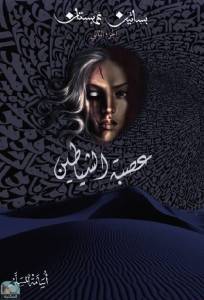مؤلِّفون يابانيون
- مؤلِّفون يابانيون
مؤلِّفون من أرض الإبداع والثقافة عرض قائمة بجميع المؤلفين وأصحاب الكتب والكتاب والمترجمين والمراجعين وتفاصيلهم في اليابان
إنضم الآن وتصفح بدون إعلانات
-
-
 ❞ Katla: Land of Ice and Fire and the Mysterious Symbol 666 Not every novel seeks the triumph of good or evil; some works leave the reader in a gray zone where the familiar balance of values collapses. Such is Katla: Land of Ice and Fire by the Jordanian writer Mahmoud Omar Mohamed Juma—a truly terrifying novel, not only for its depiction of the brutal power of nature but for the way it penetrates the depths of the human soul and reveals the evil lurking within. What heightened its horror and mystery was the appearance of the enigmatic symbol “666”, a number tied throughout history to religion, myth, and philosophy. Why does 666 evoke such mystery? In Christian tradition, it is the “Number of the Beast” in the Book of Revelation, a sign of absolute evil. In modern popular imagination, it is linked to Freemasonry and hidden powers. In a philosophical reading, it represents “perfect imperfection”: since 7 symbolizes completeness, 6 falls short, and repeated three times, it reflects the fullness of absence—the essence of evil as the lack of good, rather than a separate existence. The symbol in Katla In the novel, “666” does not explicitly appear as a satanic or Masonic code, but emerges as a disquieting marker within a world of ice and fire. Its presence forces the reader to ask: Is it a number for the evil buried beneath the earth, like the fury of the volcano? Or a symbol of fate, blind and unstoppable, where neither good nor evil exists—only eruption? Or perhaps a deliberate ruse by the author, leaving the door wide open for interpretation? A novel without the triumph of good What is striking about Katla: Land of Ice and Fire is that it does not offer the usual ending where good prevails. Instead, it leaves the reader facing a philosophical void: evil is never defeated, and good never emerges as a saving force. In this gray zone, the number “666” becomes a philosophical emblem of the impossibility of victory, or the futility of seeking ultimate redemption. This makes the novel profoundly terrifying—not merely because of chilling scenes, but because it suggests that evil itself may be the final outcome. Criticism from religious hardliners The symbol “666” did not pass without controversy. Some religious hardliners fiercely attacked the novel, accusing it of promoting satanic or Masonic symbols and claiming the author used numbers to spread dark ideas. Yet this very criticism amplified the novel’s reach, turning it into a “forbidden text” for some and a “bold philosophical work” for others. The author’s silence… another mystery Writer Mahmoud Omar chose never to comment on the symbol or explain it. His silence became part of the narrative game: allowing the symbol to expand, frightening some and intriguing others, until “666” in Katla ceased to be a mere number and became a riddle seeking its reader. Conclusion The symbol “666” in Katla: Land of Ice and Fire is neither a simple satanic reference nor a Masonic code; it is a cryptic key linking the novel to myth, philosophy, and humanity’s deepest fear of the unknown. Readers searching for the triumph of good will leave even more unsettled, for this novel offers no answers—only enduring evil, a suspended symbol, and burning curiosity. Teaser This is no ordinary novel. It is a text that will haunt you with its questions long after you close its pages. If you dare to confront the mystery—and wish to discover why the author chose the number 666 in particular—then you must seek out Katla: Land of Ice and Fire and read it for yourself. #MahmoudOmarMohamedJuma #Novel #Katla #LandOfIceAndFire #MysteriousSymbol #666 #محمود_عمر_محمد_جمعه #رواية #كاتلا #أرض_الجليد_والنار #الرمز_الغامض #666. ❝ ⏤محمود عمر جمعة❞ Katla: Land of Ice and Fire and the Mysterious Symbol 666
❞ Katla: Land of Ice and Fire and the Mysterious Symbol 666 Not every novel seeks the triumph of good or evil; some works leave the reader in a gray zone where the familiar balance of values collapses. Such is Katla: Land of Ice and Fire by the Jordanian writer Mahmoud Omar Mohamed Juma—a truly terrifying novel, not only for its depiction of the brutal power of nature but for the way it penetrates the depths of the human soul and reveals the evil lurking within. What heightened its horror and mystery was the appearance of the enigmatic symbol “666”, a number tied throughout history to religion, myth, and philosophy. Why does 666 evoke such mystery? In Christian tradition, it is the “Number of the Beast” in the Book of Revelation, a sign of absolute evil. In modern popular imagination, it is linked to Freemasonry and hidden powers. In a philosophical reading, it represents “perfect imperfection”: since 7 symbolizes completeness, 6 falls short, and repeated three times, it reflects the fullness of absence—the essence of evil as the lack of good, rather than a separate existence. The symbol in Katla In the novel, “666” does not explicitly appear as a satanic or Masonic code, but emerges as a disquieting marker within a world of ice and fire. Its presence forces the reader to ask: Is it a number for the evil buried beneath the earth, like the fury of the volcano? Or a symbol of fate, blind and unstoppable, where neither good nor evil exists—only eruption? Or perhaps a deliberate ruse by the author, leaving the door wide open for interpretation? A novel without the triumph of good What is striking about Katla: Land of Ice and Fire is that it does not offer the usual ending where good prevails. Instead, it leaves the reader facing a philosophical void: evil is never defeated, and good never emerges as a saving force. In this gray zone, the number “666” becomes a philosophical emblem of the impossibility of victory, or the futility of seeking ultimate redemption. This makes the novel profoundly terrifying—not merely because of chilling scenes, but because it suggests that evil itself may be the final outcome. Criticism from religious hardliners The symbol “666” did not pass without controversy. Some religious hardliners fiercely attacked the novel, accusing it of promoting satanic or Masonic symbols and claiming the author used numbers to spread dark ideas. Yet this very criticism amplified the novel’s reach, turning it into a “forbidden text” for some and a “bold philosophical work” for others. The author’s silence… another mystery Writer Mahmoud Omar chose never to comment on the symbol or explain it. His silence became part of the narrative game: allowing the symbol to expand, frightening some and intriguing others, until “666” in Katla ceased to be a mere number and became a riddle seeking its reader. Conclusion The symbol “666” in Katla: Land of Ice and Fire is neither a simple satanic reference nor a Masonic code; it is a cryptic key linking the novel to myth, philosophy, and humanity’s deepest fear of the unknown. Readers searching for the triumph of good will leave even more unsettled, for this novel offers no answers—only enduring evil, a suspended symbol, and burning curiosity. Teaser This is no ordinary novel. It is a text that will haunt you with its questions long after you close its pages. If you dare to confront the mystery—and wish to discover why the author chose the number 666 in particular—then you must seek out Katla: Land of Ice and Fire and read it for yourself. #MahmoudOmarMohamedJuma #Novel #Katla #LandOfIceAndFire #MysteriousSymbol #666 #محمود_عمر_محمد_جمعه #رواية #كاتلا #أرض_الجليد_والنار #الرمز_الغامض #666. ❝ ⏤محمود عمر جمعة❞ Katla: Land of Ice and Fire and the Mysterious Symbol 666
Not every novel seeks the triumph of good or evil; some works leave the reader in a gray zone where the familiar balance of values collapses. Such is Katla: Land of Ice and Fire by the Jordanian writer Mahmoud Omar Mohamed Juma—a truly terrifying novel, not only for its depiction of the brutal power of nature but for the way it penetrates the depths of the human soul and reveals the evil lurking within. What heightened its horror and mystery was the appearance of the enigmatic symbol “666”, a number tied throughout history to religion, myth, and philosophy.
Why does 666 evoke such mystery?
In Christian tradition, it is the “Number of the Beast” in the Book of Revelation, a sign of absolute evil.
In modern popular imagination, it is linked to Freemasonry and hidden powers.
In a philosophical reading, it represents “perfect imperfection”: since 7 symbolizes completeness, 6 falls short, and repeated three times, it reflects the fullness of absence—the essence of evil as the lack of good, rather than a separate existence.
The symbol in Katla
In the novel, “666” does not explicitly appear as a satanic or Masonic code, but emerges as a disquieting marker within a world of ice and fire. Its presence forces the reader to ask:
Is it a number for the evil buried beneath the earth, like the fury of the volcano?
Or a symbol of fate, blind and unstoppable, where neither good nor evil exists—only eruption?
Or perhaps a deliberate ruse by the author, leaving the door wide open for interpretation?
A novel without the triumph of good
What is striking about Katla: Land of Ice and Fire is that it does not offer the usual ending where good prevails. Instead, it leaves the reader facing a philosophical void: evil is never defeated, and good never emerges as a saving force. In this gray zone, the number “666” becomes a philosophical emblem of the impossibility of victory, or the futility of seeking ultimate redemption. This makes the novel profoundly terrifying—not merely because of chilling scenes, but because it suggests that evil itself may be the final outcome.
Criticism from religious hardliners
The symbol “666” did not pass without controversy. Some religious hardliners fiercely attacked the novel, accusing it of promoting satanic or Masonic symbols and claiming the author used numbers to spread dark ideas. Yet this very criticism amplified the novel’s reach, turning it into a “forbidden text” for some and a “bold philosophical work” for others.
The author’s silence… another mystery
Writer Mahmoud Omar chose never to comment on the symbol or explain it. His silence became part of the narrative game: allowing the symbol to expand, frightening some and intriguing others, until “666” in Katla ceased to be a mere number and became a riddle seeking its reader.
Conclusion
The symbol “666” in Katla: Land of Ice and Fire is neither a simple satanic reference nor a Masonic code; it is a cryptic key linking the novel to myth, philosophy, and humanity’s deepest fear of the unknown. Readers searching for the triumph of good will leave even more unsettled, for this novel offers no answers—only enduring evil, a suspended symbol, and burning curiosity.
Teaser
This is no ordinary novel. It is a text that will haunt you with its questions long after you close its pages. If you dare to confront the mystery—and wish to discover why the author chose the number 666 in particular—then you must seek out Katla: Land of Ice and Fire and read it for yourself.
#MahmoudOmarMohamedJuma #Novel #Katla #LandOfIceAndFire #MysteriousSymbol #666
#محمود_عمر_محمد_جمعه #رواية #كاتلا #أرض_الجليد_والنار #الرمز_الغامض #666. ❝
⏤ محمود عمر جمعة - ❞ في هذه المدينة الكبيرة، حيث يضيع الكثيرون بين صخب الحياة وزحام الأحلام، التقت قلوبنا صدفة، لكن صدفة كهذه لم تأتِ عبثًا… كنتِ أنتِ النور الذي أضاء حياتي، والدفء الذي وجدت فيه نفسي، وكنتِ وعدًا بأن الحب لا يموت مهما ابتعدت بنا الأيام.\". ❝ ⏤أمجد حسن الحاج❞ في هذه المدينة الكبيرة، حيث يضيع الكثيرون بين صخب الحياة وزحام الأحلام، التقت قلوبنا صدفة، لكن صدفة كهذه لم تأتِ عبثًا… كنتِ أنتِ النور الذي أضاء حياتي، والدفء الذي وجدت فيه نفسي، وكنتِ وعدًا بأن الحب لا يموت مهما ابتعدت بنا الأيام.˝. ❝
⏤ أمجد حسن الحاج -
- ❞ ـ يحملُ كلٌّ منّا بُكاءً متفرّدًا، يتهاوى تحت ثقل العجز، ولا يجد مأوى اليه إلا الله. #رؤوفة_عبده. ❝ ⏤𝑅𝑜𝑜𝒻𝒶 𝐴𝒷𝒹𝑜❞ ـ يحملُ كلٌّ منّا بُكاءً متفرّدًا، يتهاوى تحت ثقل العجز، ولا يجد مأوى اليه إلا الله.
#رؤوفة_عبده. ❝
⏤ 𝑅𝑜𝑜𝒻𝒶 𝐴𝒷𝒹𝑜 - الروايات قصص و روايات روايات وقصص روايات روايات عالمية فكاهة ضحك روايات وأقعية شخصيات تاريخية رواية فلسفية ذات طابع دينى قصص دينية روايات اسلامية دار المشكاة للنشر و التوزيع 2025 مسارح رواية الكاتب حسين محمود قصه كتب وروايات وقصص الدين الاسلامى كتب الروايات والقصص مكتبة جرير التاريخ الفلسفة قصص أدب قصص وروايات روايات فانتازيا مغامرات وروايات روايات مشوقة
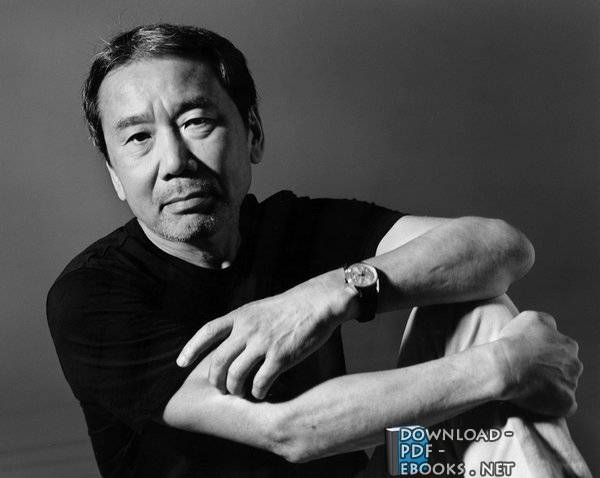
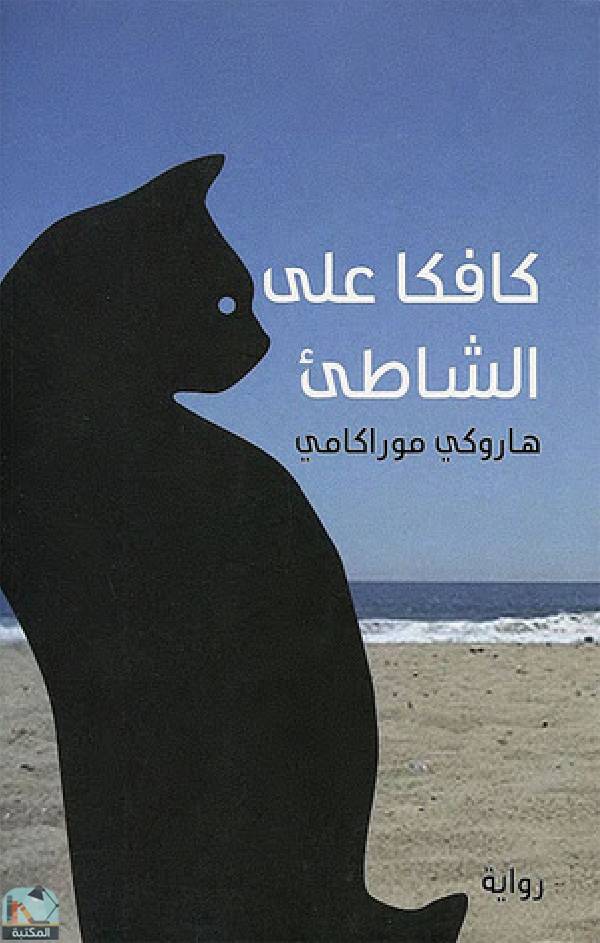 29
29 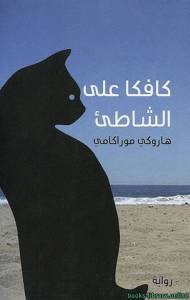 18
18 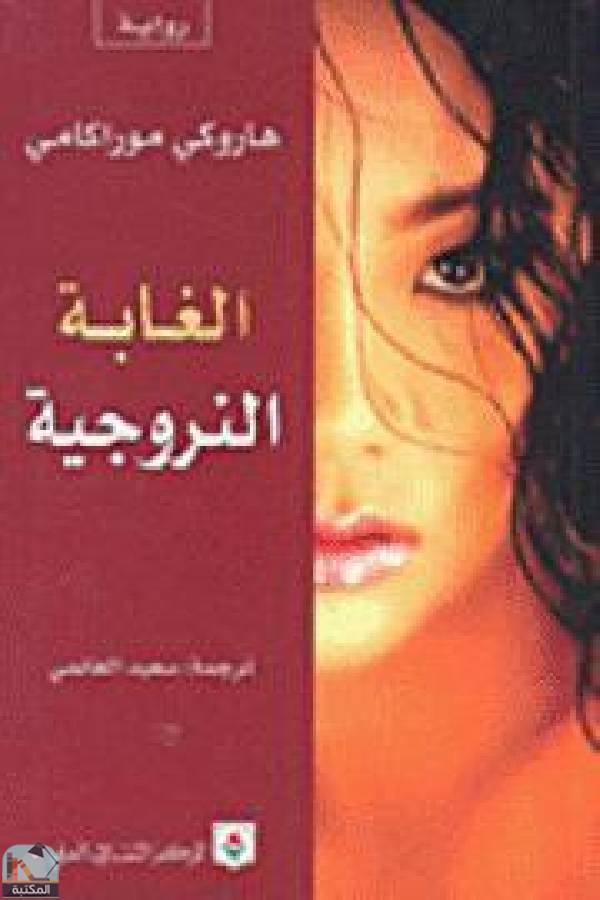 18
18  المزيد في كتب هاروكي موراكامي
المزيد في كتب هاروكي موراكامي 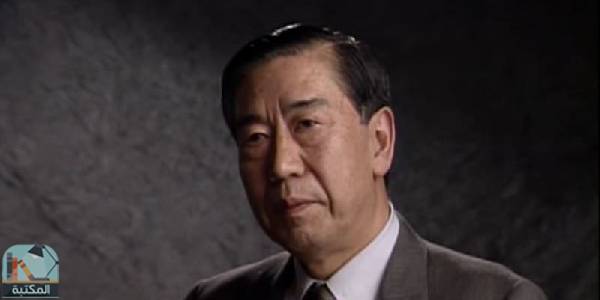
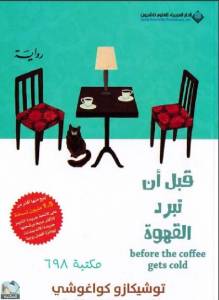 24
24 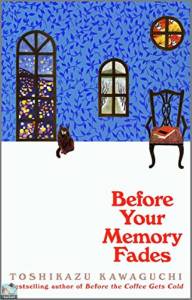 16
16 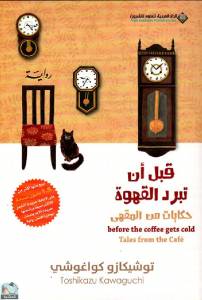 5
5  0
0  0
0 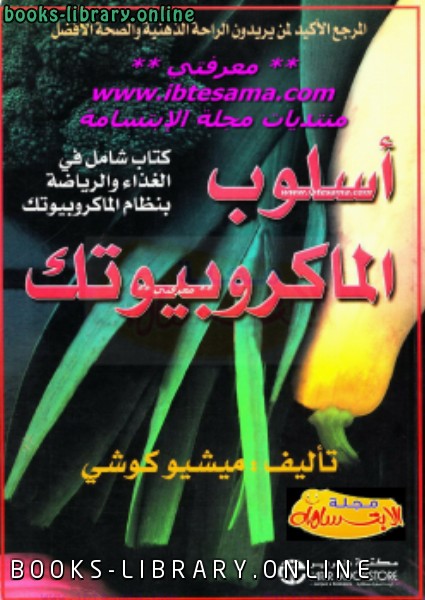 0
0  0
0  0
0 
 10
10  6
6  3
3 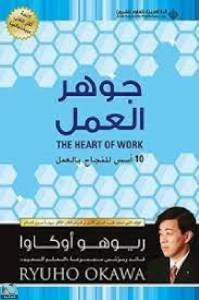 0
0 
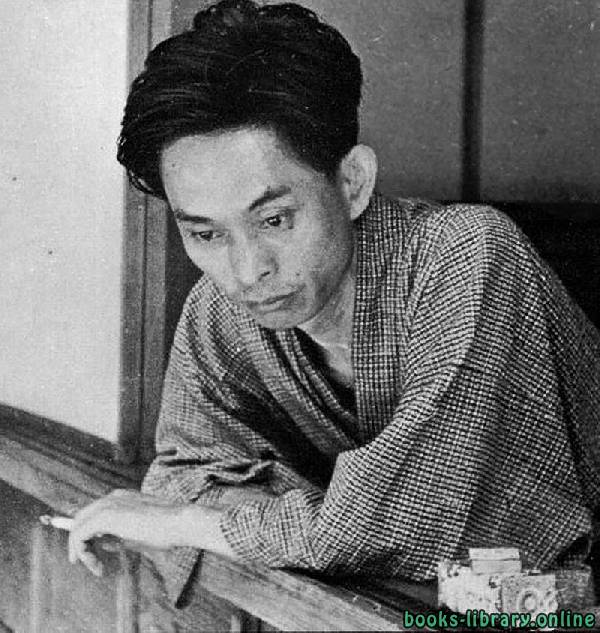
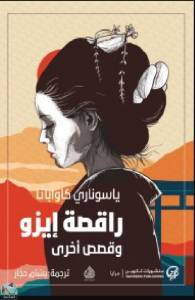 8
8 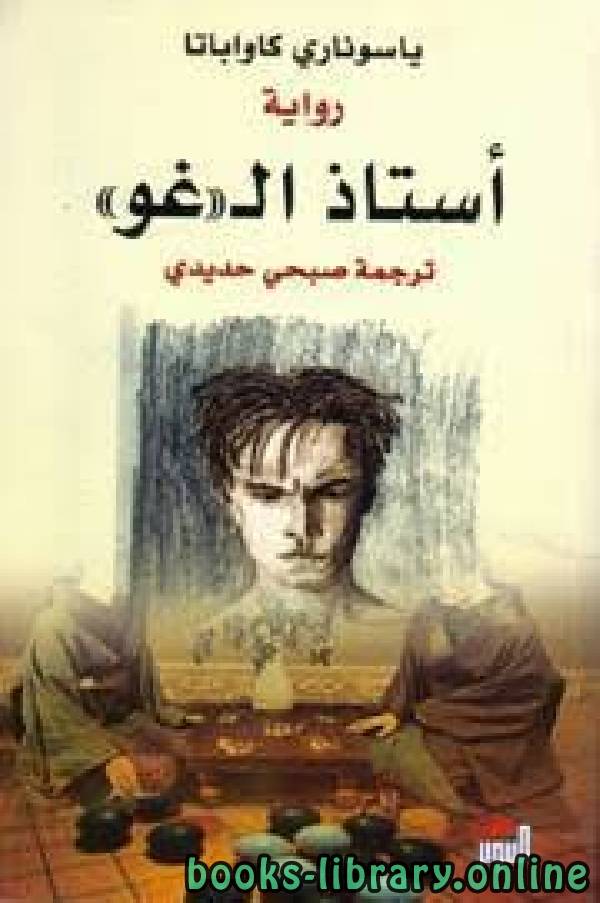 5
5 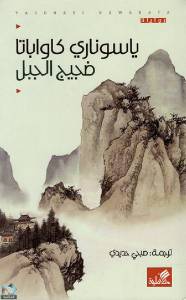 4
4 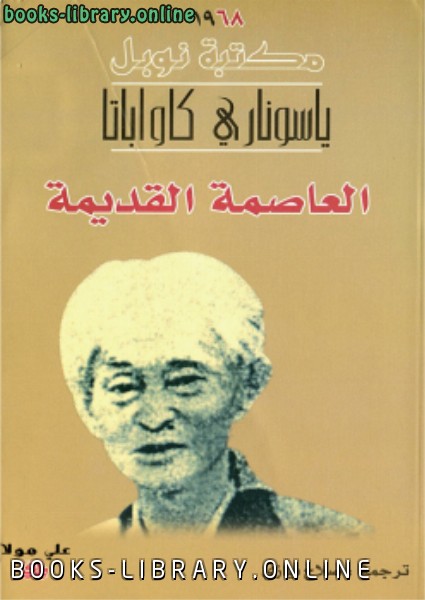 4
4 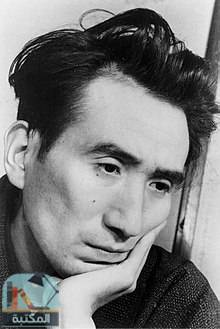
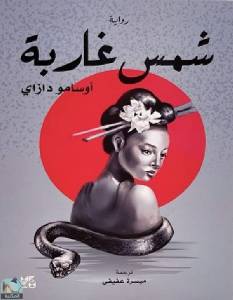 1
1 
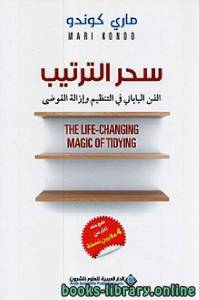 13
13 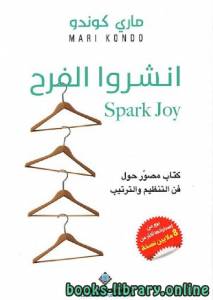 6
6 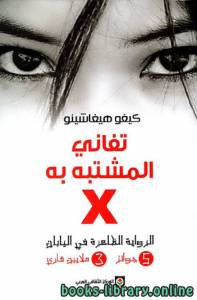 7
7 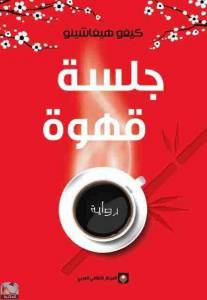 0
0 

